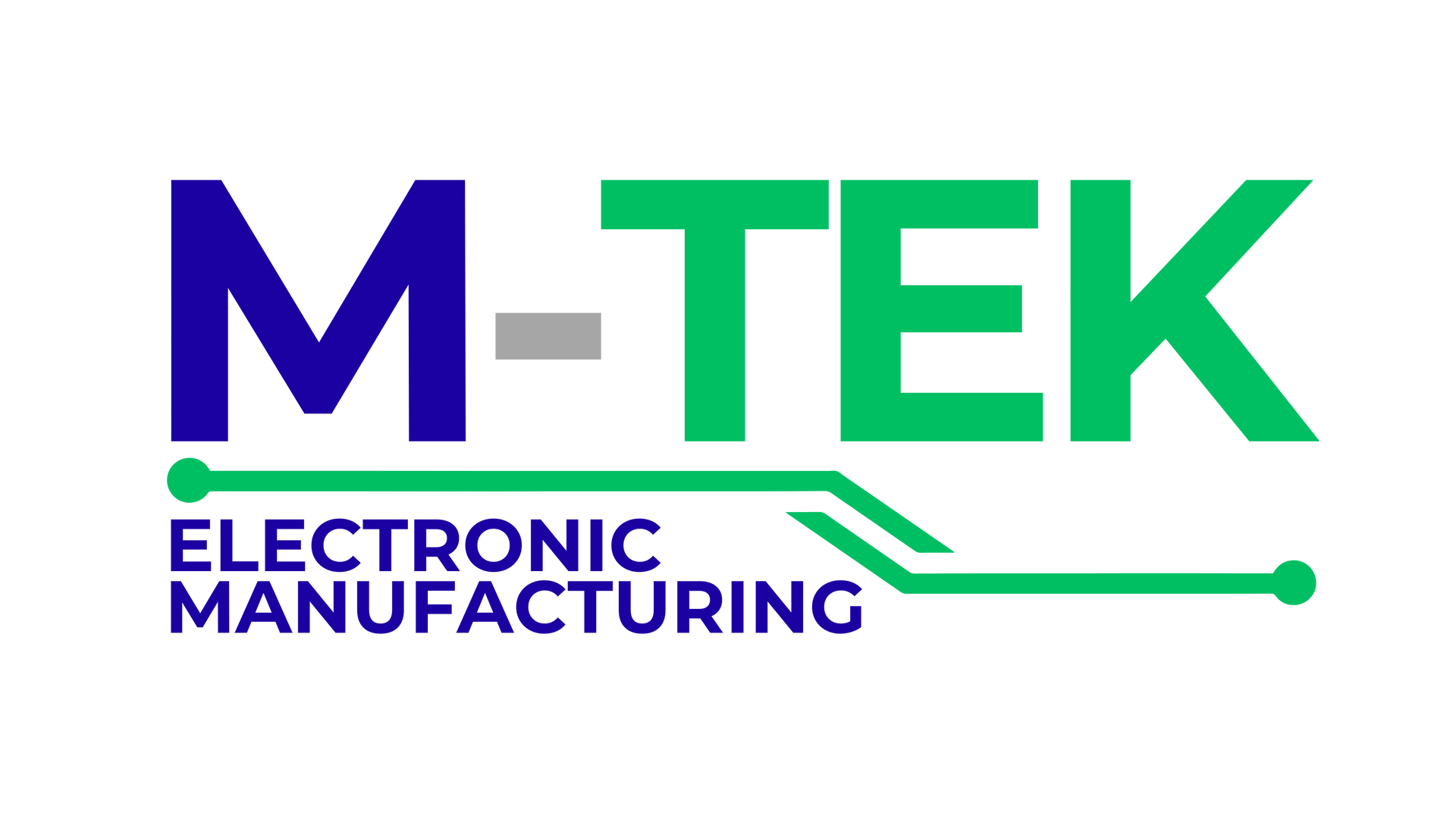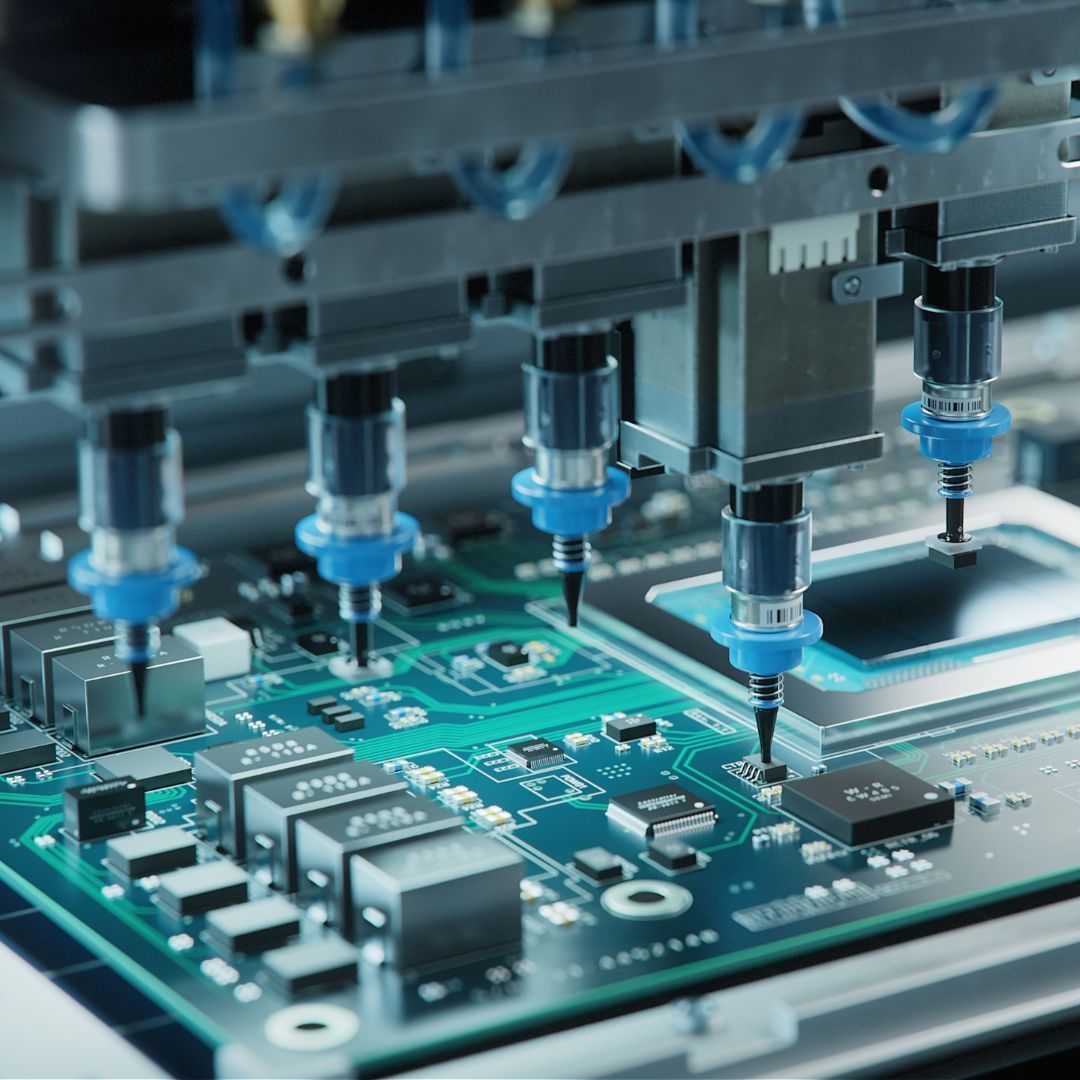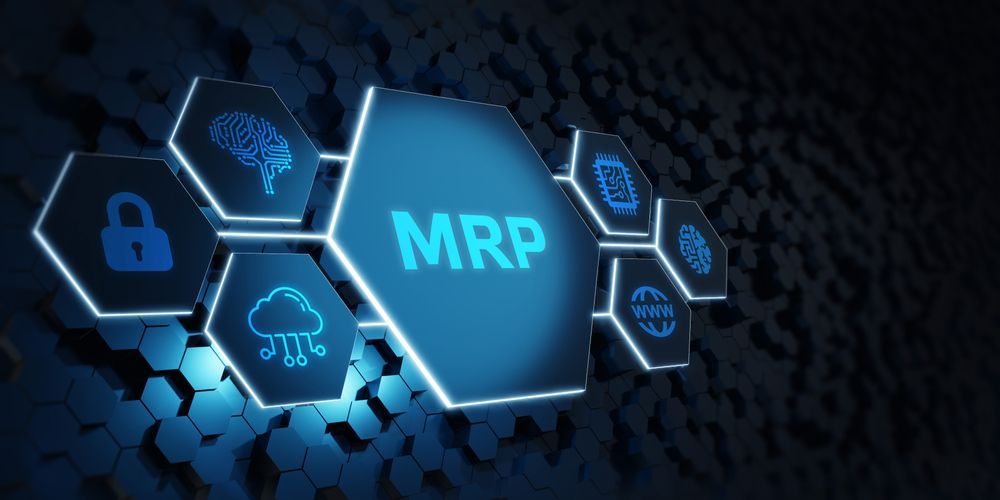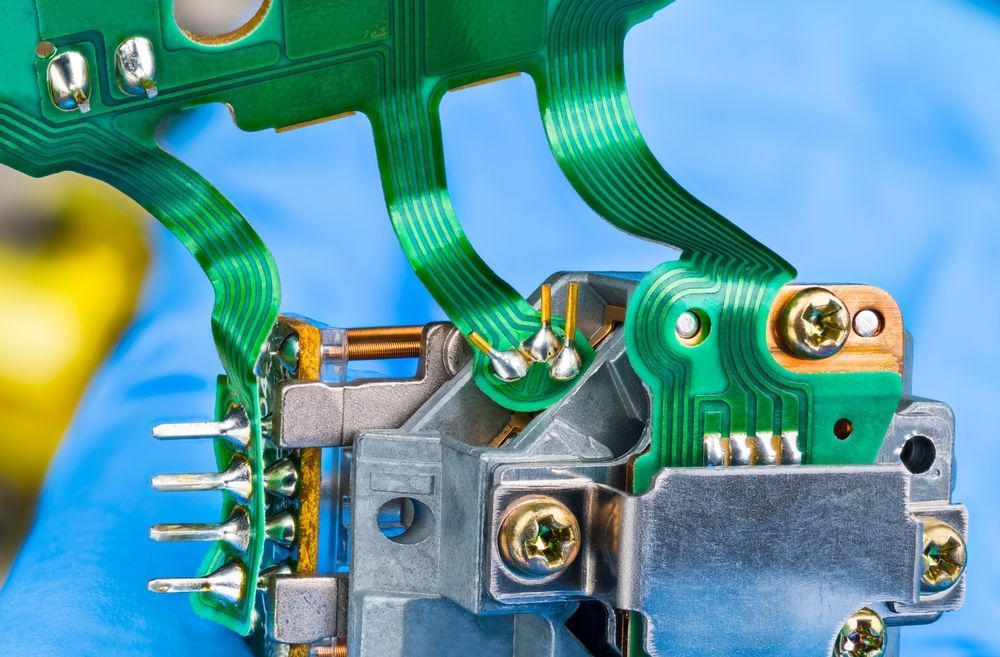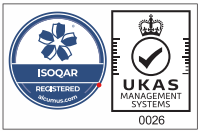
Renewable energy sources have emerged as a crucial component in the global transition towards sustainable and clean technology.
From solar panels to wind turbines, renewable energy systems are rapidly gaining prominence as alternatives to traditional fossil fuel-based power generation.
However, behind the scenes, an unsung hero plays a vital role in ensuring the efficient functioning of these systems: the
printed circuit board (PCB).
Advantages of Printed Circuit Boards in Renewable Energy Systems
One of the key advantages of PCBs in renewable energy systems is their ability to provide reliable electrical connections. Solar power systems, for instance, rely on photovoltaic (PV) cells to convert sunlight into electricity.
These cells are interconnected on a PCB, allowing them to work in tandem and generate higher voltages and currents. The PCB not only ensures efficient power transmission but also helps in minimising power losses and optimising energy conversion.
Furthermore, PCBs contribute to the compactness and scalability of renewable energy systems. As the demand for clean energy continues to grow, there is a need for more efficient and compact designs to accommodate the increasing number of renewable energy installations.
PCBs enable the miniaturisation of electronic components, allowing for more efficient use of space and easier integration into complex systems. This compactness is particularly crucial in rooftop solar installations, where limited space necessitates the use of highly integrated PCBs.
Printed circuit boards also offer improved durability and reliability, which are essential in the harsh environmental conditions often associated with renewable energy systems. For instance, wind turbines operate in extreme weather conditions, including high winds, rain, and temperature fluctuations.
The electronic components within these turbines must be well-protected to ensure long-term functionality. PCBs provide a robust and protective housing for sensitive electronic components, shielding them from moisture, dust, and other external contaminants.
In addition to their functional advantages, PCBs contribute to the sustainability of renewable energy systems. The manufacturing processes for PCBs have become increasingly environmentally friendly, with a focus on reducing waste, using greener materials, and optimising energy consumption.
The industry has made significant strides in reducing the use of hazardous substances, such as lead and other heavy metals, and has shifted towards more eco-friendly alternatives. These advancements align with the overarching goals of renewable energy systems, promoting a holistic approach to sustainability.
As the renewable energy sector continues to evolve, so too will the role of printed circuit boards. Innovations in PCB technology, such as flexible and rigid-flex PCBs, are opening new possibilities for design and integration in renewable energy systems.
Flexible PCBs, for example, can be conformally integrated into the curved surfaces of solar panels or wind turbine blades, maximising energy capture and improving overall system efficiency.
Final Thoughts
In conclusion, printed circuit boards are indispensable in the realm of renewable energy systems. Their ability to provide reliable electrical connections, compactness, durability, and sustainability makes them an essential component in enabling the clean technology revolution.
As the world increasingly embraces renewable energy, the role of PCBs will only become more critical in facilitating the efficient and widespread adoption of clean energy solutions, paving the way for a more sustainable future.
M-Tek
At M-Tek Assembly we have decades of experience within the industry. We have achieved a
net-zero carbon footprint by using electric vehicles, and for every printed circuit board we build, we plant a tree. Contact one of our SMT and printed circuit board assembly experts today for assistance. Call
01189 455377 or follow us on
Twitter to learn more about our products and services.
